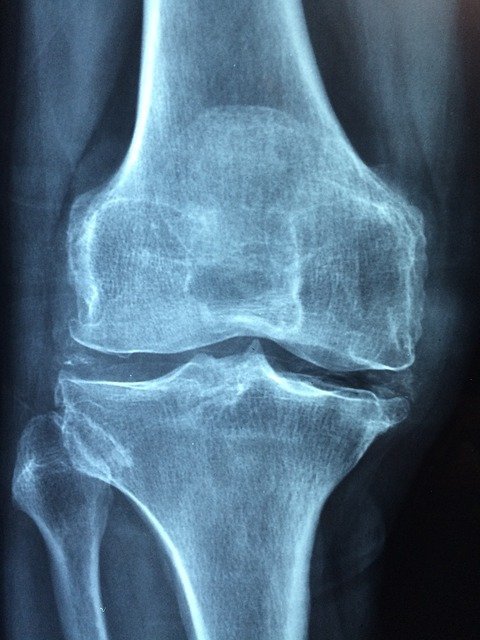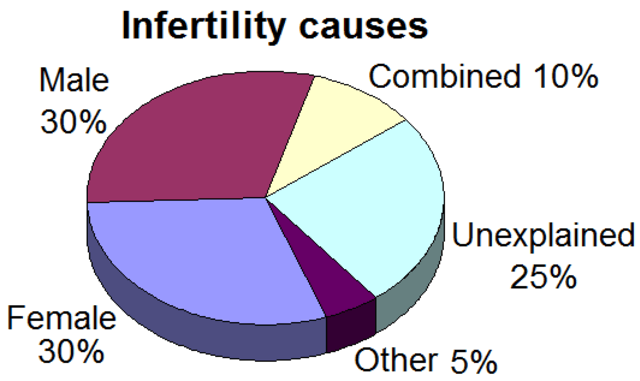Information on this site shall be considered as holistic, alternative and spiritual advice only. For medical advice and treatment a GP, medical professional and/or Certified Hijama Therapist should be consulted. In all circumstances where lifestyle changes, supplements, or other foods are suggested your GP should be consulted. Client Safety is the number one priority.
Cupping / Hijama Points Treatment Plan for Oedema
Allow 2-4 weeks between sessions – longer if required. Hijama Points shown for each session should ONLY be used to guide the therapist. Body size, cup size, and any other conditions need to considered and appropriate care and attention taken. The number of sessions shown can be increased or reduced depending on the condition of the client.
Complete Treatment Plan
Click here for Session 1Click here for Session 2
Click here for Session 3
Click here for Session 4
Click here for Session 5
Standard Wet Points – 1,55,130,9,10
Click here for Hijama Points on the back of the bodyClick here for Hijama Points on the lower limbs of the body
If the client has a complicated history and numerous concerns then it is a good idea to use our online consultation service – click here.
Which body part or function is involved in Oedema?
The human body is made up of 50% to 60% of the water on average and this fluid in the body is present either in intracellular or extracellular spaces. A swelling that is caused due to abnormal fluid retention leading to Oedema. This results in defective physiologic mechanisms in the human body involved in regulating total water of the body, maintaining the appropriate concentration of both cellular and extracellular electrolytes, and the intravascular volume.
Two pathways can lead to oedema either there is excessive fluid filtering across the blood capillaries or defects in the draining of fluid by a network of lymphatic vessels that are present throughout the body channeling this fluid from tissue spaces back into the bloodstream. Oedema can affect any part of the body but prominently legs, ankles, and feet are affected. it is caused when there is an imbalance in the movement of fluid from intravascular and extravascular spaces that normally is maintained by the interaction of hydrostatic pressure, capillary permeability, oncotic pressure, endothelial strength, and lymphatic system. The fluid retention can be generalized or localized to a particular body part. Multiple organs can be involved in oedema as the fluid flows through the body comes across the organs and gets excreted through the skin, sweat glands, lungs, kidneys, and feces.
There are multiple types of oedema including:
- Generalized Oedema: affecting the complete body may cause swelling in the ankles after standing and puffy eyes. This may be an indication of heart disease.
- Localized oedema: affect a particular body part due tsome injury or allergy.
- Idiopathic oedema: unknown causes
- Cerebral oedema: the brain is affected by the fluid accumulation that can occur due tmeningitis, stroke, or tumor of the brain. Lymphoedema: caused when lymph vessels are damaged and cause lymph accumulation in a body part. For example, damage in case of breast cancer surgery.
- Pulmonary oedema: fluid accumulation in the lungs that usually is caused by underlying heart disease.
- Macular oedema: swelling in the central region of the retina called macula involved in the central vision of the eye.
- Papilledema: swelling of the optic nerve of the eye caused due tintracranial pressure.
What are the symptoms and effects of Oedema on the body?

Mild oedema or fluid retention is common and usually does not cause any harm to the body. But it can also occur because of some serious health conditions, certain medications, or allergies. The common causes of oedema may include, standing for a longer period leading to pooling of fluid in the lower leg due to gravity. Also, warm weather in summer causes the body to remove the fluid from tissue spaces less efficiently that can ultimately lead to oedema.
Certain medications are also known to cause fluid retention or oedema including nonsteroidal anti-inflammatory drugs (NSAIDs), antihypertensive medicines, and corticosteroids. Some women also undergo fluid retention before their menstrual cycle and also during pregnancy due to hormones involved in the process. There are plenty of other reasons for oedema like improper diet, lacking a sufficient amount of proteins and vitamin B1, use of contraceptive pills, burns due to sunburn or an injury that also causes fluid retention in the body leading to swelling. likewise, chronic venous insufficiency due to impaired valves of veins in the legs, cannot return the blood to the heart properly that also lead to varicose vein due to pooling of the blood in the leg.
Besides this, several health conditions can cause oedema including liver disease, lung diseases, malignant lymphoedema, kidney disorders, autoimmune disorders, thyroid-related problems, arthritis, and allergies.
The symptoms of oedema include swelling of the involved body area and most commonly affect the hands, feet, and ankles. Also, it causes stiffness and aching pain in case of an affected joint, fluctuation in weight or rapid weight gain in a week or a few days due to unknown reasons. Another symptom of oedema is swelling on the skin that when pressed with a finger leaves an indent for while (called pitting oedema) while in non-pitting oedema no indentation is visible.
What changes in diet can help improve symptoms of Oedema?

Taking plenty of antioxidant-laden diet including barriers, tomatoes, bell peppers, squash, and avoiding the use of refined food products like sugar, pasta, and white bread can help keep a balance in the body required to avoid conditions like oedema. The use of cold water fish, lean meat, beans, healthy oils like olive oil is recommended while the use of red meat and unhealthy cooking oils should be limited.
Changes in lifestyle which can help Oedema
Certain lifestyle changes can help reduce oedema and related conditions, such as adding a regular massage by applying the right amount of pressure towards the heart may help in moving the access amount of fluid from the affected area. Also, movement and elevation of the affected area above heart level are helpful for the oedema affected area especially the legs to pump the fluid back towards the heart. Similarly, the use of compression stockings, gloves or sleeves is also suggested once the swelling is gone to avoid it in the future. Reduce salt intake to avoid fluid retention and keep the affected area clean and moist to avoiding cracking and infection.
Possible alternative remedies for Oedema
The use of compression stockings, body elevation especially raising the head using a pillow may reduce pulmonary oedema, while elevating legs reduce ankle and leg oedema. Taking plenty of fluid per day, soaking the body in Epsom salt for few minutes, taking magnesium supplements or food with higher magnesium like avocado, spinach, almonds, tofu, dark chocolate etc. to avoid water retention in the body is recommended. Adding food that is rich in potassium helps in avoiding high blood pressure and water retention, losing extra pounds in case of being overweight, and massage to the feet is also suggested.




